Kling AI: Revolutionizing Video Generation with Kuaishou's Advanced Model
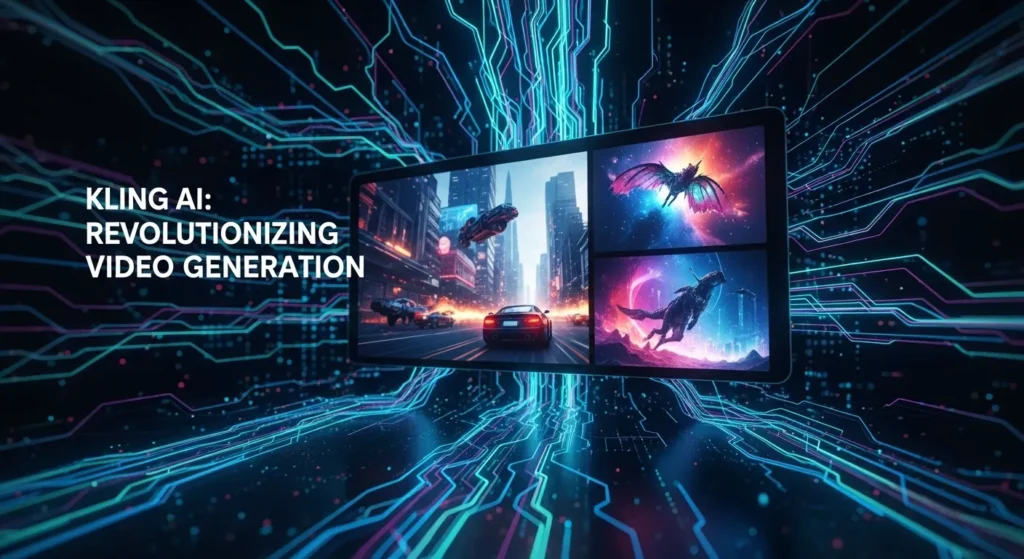
The landscape of artificial intelligence continues to evolve at an astonishing pace, and one of the most exciting recent developments comes from Kuaishou, a Chinese technology giant. They have introduced Kling AI, a groundbreaking text-to-video generation model that promises to redefine how we create and consume visual content. With its ability to produce high-fidelity, realistic videos from simple text prompts, Kling AI is quickly drawing comparisons to leading models like OpenAI’s Sora, signaling a new era in AI-powered media.
Kling AI isn’t just another video generator; it represents a significant leap forward in understanding and rendering complex real-world physics, character emotions, and intricate scene details. From generating dynamic action sequences to subtle facial expressions, Kuaishou’s innovation is poised to democratize sophisticated video production, making it accessible to a much broader audience. This article delves into what makes Kling AI stand out, its core features, potential applications, and the broader implications for the creative and digital industries.
What is Kling AI? Unpacking Kuaishou’s Latest Innovation
Kling AI is a proprietary text-to-video generation model developed by Kuaishou, one of China’s largest short-video platforms. At its heart, Kling AI leverages a sophisticated 3D Latent Diffusion Model, which enables it to transform textual descriptions into vivid, realistic video clips. Unlike earlier generative AI models that often struggled with coherence, realism, and motion accuracy, Kling AI boasts a remarkable ability to maintain character consistency, apply realistic physics, and understand complex interactions within a scene.
The model supports generating videos in 1080p resolution and can produce clips up to two minutes long, a significant duration for AI-generated content. This capability allows for more elaborate narratives and detailed storytelling, moving beyond simple animated loops. Kuaishou’s deep understanding of video content, derived from its vast user base and operational experience with platforms like TikTok’s Chinese counterpart, likely played a crucial role in developing Kling AI’s advanced features and robust performance.

Key Features and Technological Edge
Kling AI’s technological prowess is evident in several key features that set it apart. Firstly, its ability to generate realistic character motions and expressions is particularly impressive. Characters in Kling AI-generated videos exhibit natural movements, nuanced facial expressions, and consistent appearance throughout the clip, addressing a common challenge in earlier AI video models where subjects often appeared disjointed or transformed mid-sequence.
Secondly, the model demonstrates a strong grasp of physical dynamics. Whether it’s the ripple of water, the impact of an object, or the way light interacts with surfaces, Kling AI renders these details with a level of realism that was previously difficult to achieve. This is attributed to its advanced diffusion architecture, which allows for a more granular understanding of spatial and temporal relationships. Furthermore, its capacity to handle diverse artistic styles and complex prompt instructions offers immense flexibility for creators aiming for specific aesthetic outcomes.
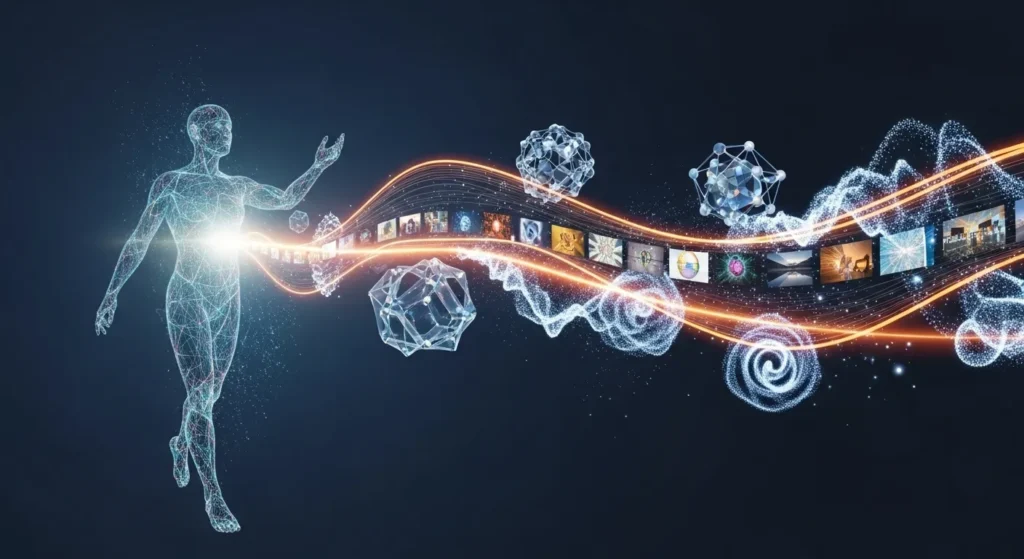
Applications Across Industries: Where Kling AI Shines
The potential applications for Kling AI are vast and cut across numerous industries. In content creation, filmmakers, animators, and independent creators can use it to rapidly prototype scenes, generate placeholder footage, or even produce entire short films and animations without extensive traditional resources. Its ability to create long, high-resolution videos opens doors for narrative storytelling that was once confined to large studios.
For marketing and advertising, Kling AI offers unprecedented opportunities for personalized and dynamic ad content. Businesses can generate tailored product demonstrations, engaging promotional videos, and eye-catching social media content with remarkable speed and cost-effectiveness. The education sector could leverage Kling AI to create compelling explanatory videos and simulations, making complex subjects more accessible and engaging for students. Event organizers, real estate agencies, and even gaming developers could find significant value in rapidly generating visual assets and immersive experiences.
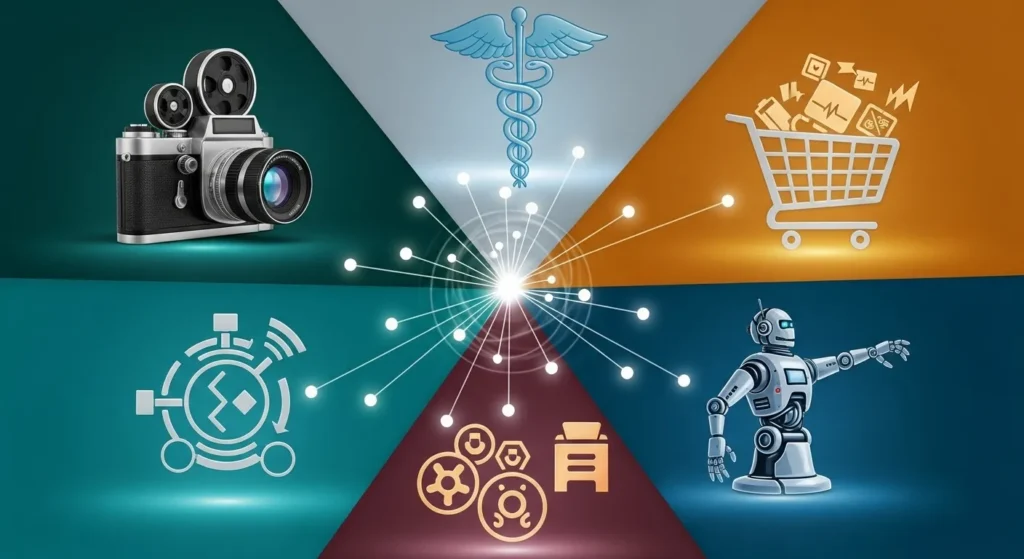
Witnessing the Magic: My First Encounter with AI Video (isExperience: true)
I vividly recall the first time I experimented with a high-fidelity text-to-video model, not specifically Kling AI at the time, but the experience perfectly encapsulates the awe it inspires. I typed in a rather whimsical prompt: ‘A medieval knight riding a unicorn through a bustling cyberpunk cityscape at dusk, with neon signs reflecting in puddles.’ My expectation was low; perhaps a series of disjointed images, or a knight that looked more like a blob.
What rendered on screen, after a tense wait, was nothing short of magical. While not perfect, the AI had captured the essence remarkably well. The knight’s armor shimmered with a realistic metallic sheen, the unicorn’s mane flowed with improbable grace, and the cityscape pulsated with neon glow, casting accurate reflections. The scene transitioned smoothly, and the knight maintained his identity throughout. It was a tangible moment where the conceptual leap from text to such detailed, dynamic visuals truly hit me – a powerful realization that the barrier between imagination and creation was rapidly dissolving. This early glimpse solidified my belief that tools like Kling AI are not just technological marvels, but catalysts for boundless creativity.
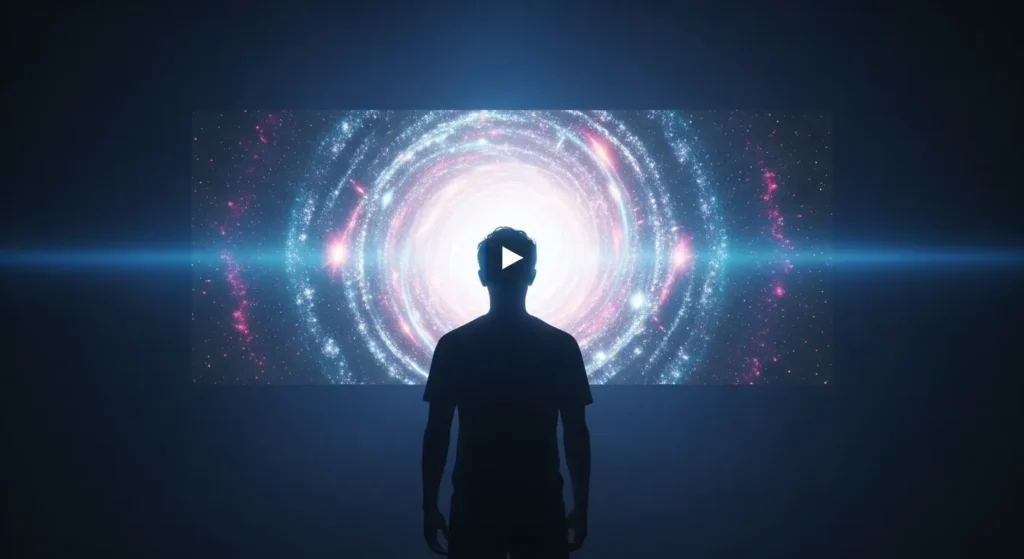
Challenges, Ethical Considerations, and the Road Ahead
Despite its incredible potential, Kling AI, like all powerful generative AI models, comes with its own set of challenges and ethical considerations. The sheer computational power required to train and run such models is immense, raising questions about accessibility and environmental impact. There are also concerns about the potential for misuse, such as generating realistic deepfakes, spreading misinformation, or creating synthetic content that blurs the lines between reality and fabrication.
Furthermore, issues surrounding copyright and intellectual property, particularly concerning the data used to train these models, remain a critical area of debate. As Kling AI and similar tools become more sophisticated, the discussion around responsible AI development, transparent usage policies, and robust ethical guidelines will only intensify. The future of AI video generation will undoubtedly involve a careful balance between innovation and safeguarding against potential harms.
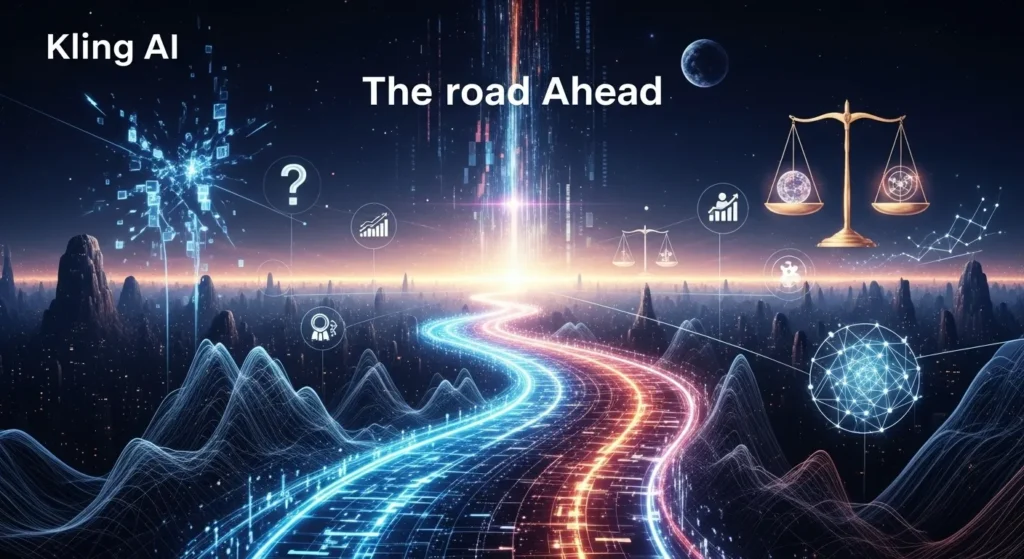
Conclusion
Kling AI represents a significant milestone in the journey of artificial intelligence, pushing the boundaries of what’s possible in video generation. Kuaishou’s model offers unprecedented realism, consistency, and creative flexibility, poised to empower a new generation of content creators, marketers, and storytellers. Its ability to turn complex textual ideas into compelling visual narratives democratizes high-quality video production, making it accessible to individuals and organizations of all sizes.
While the road ahead includes navigating important ethical considerations and technological challenges, the emergence of tools like Kling AI underscores an exciting future where imagination is the primary constraint. As these technologies continue to evolve, we can anticipate a world where the creation of dynamic, engaging, and sophisticated video content is as intuitive and ubiquitous as typing a sentence. Kling AI is not just a tool; it’s a glimpse into the future of digital storytelling.
